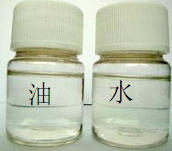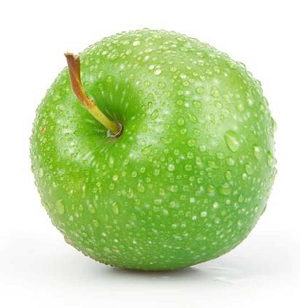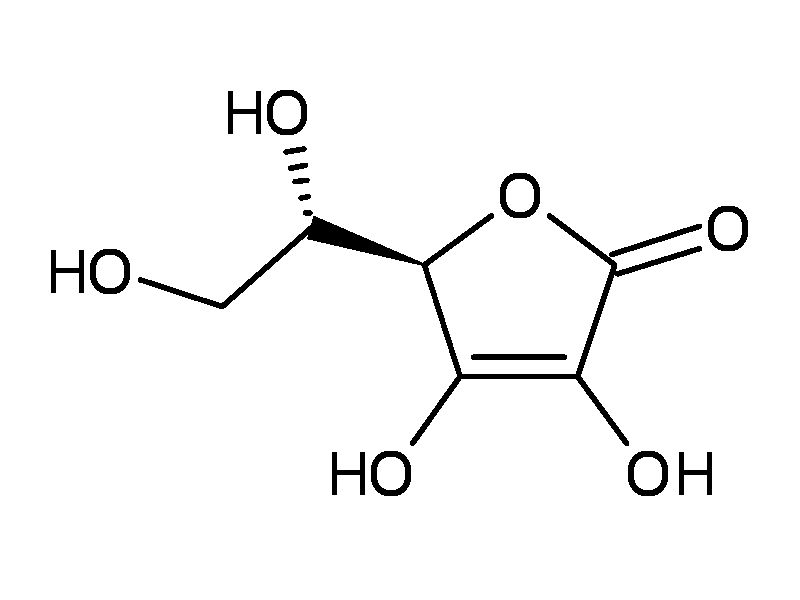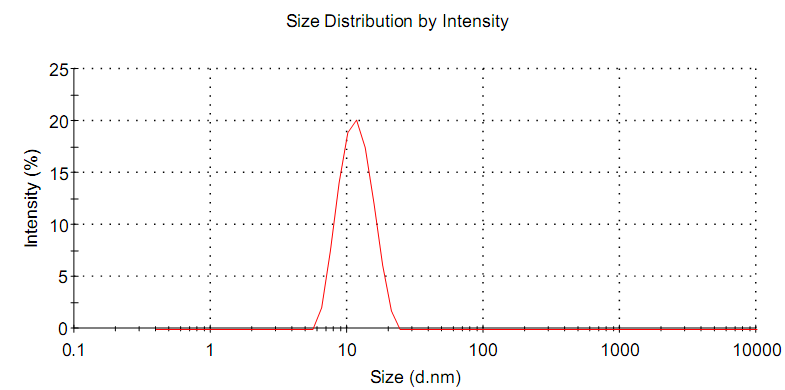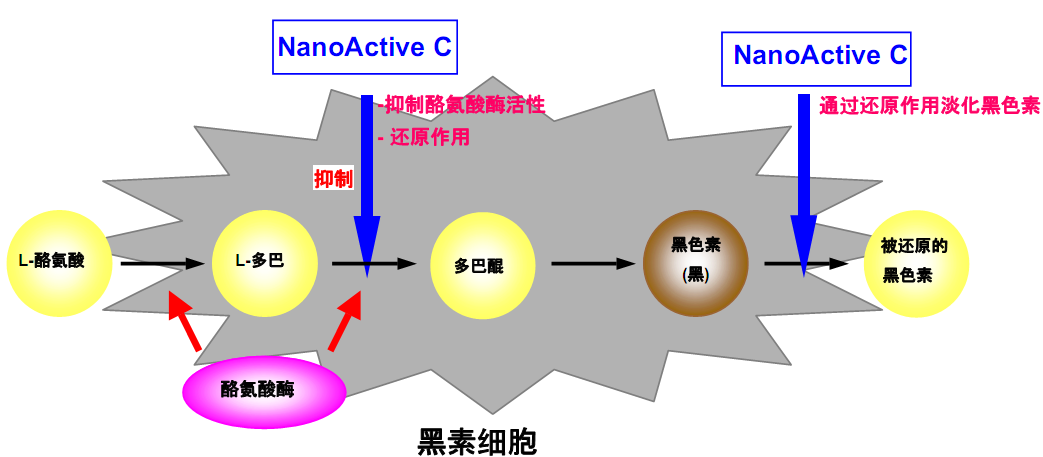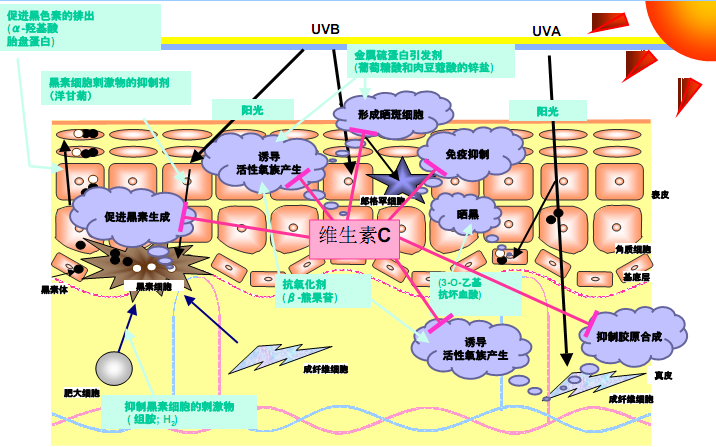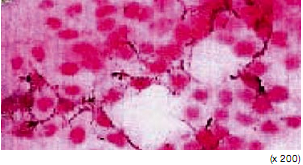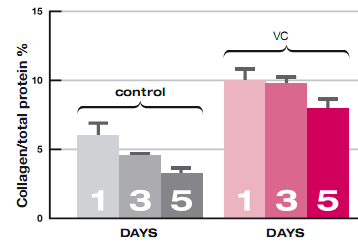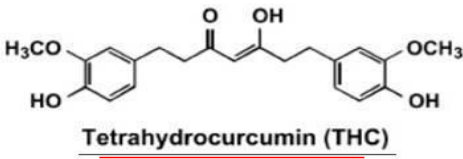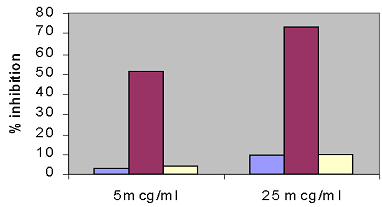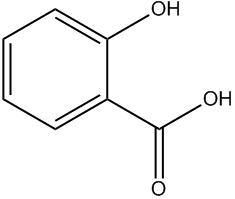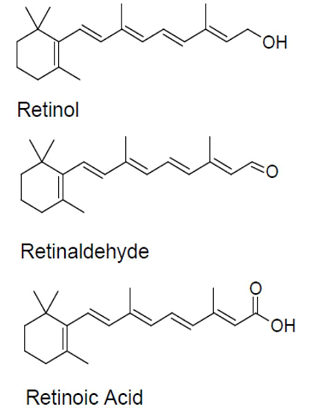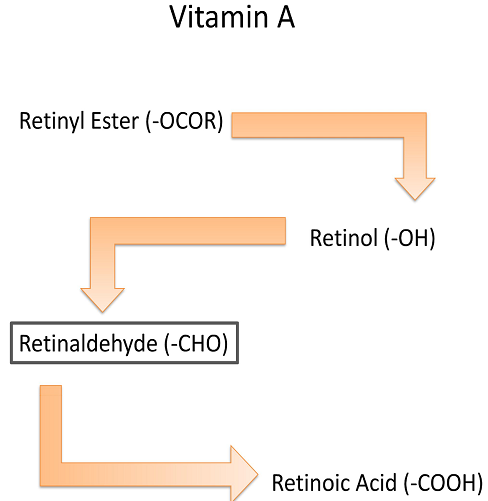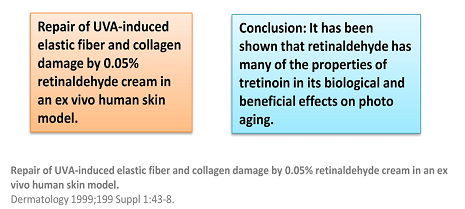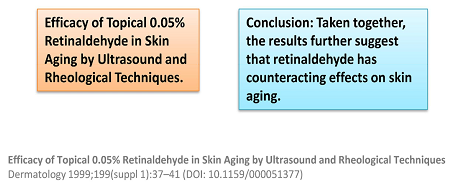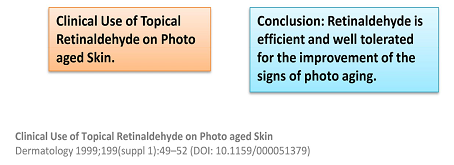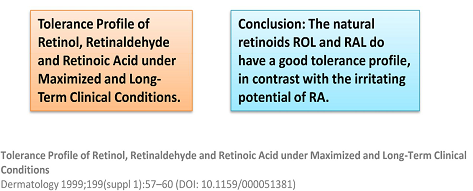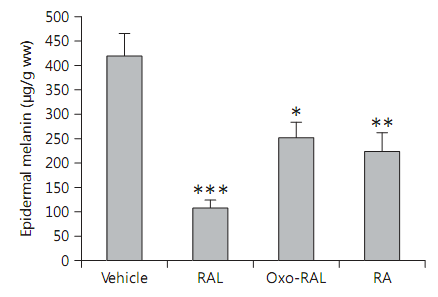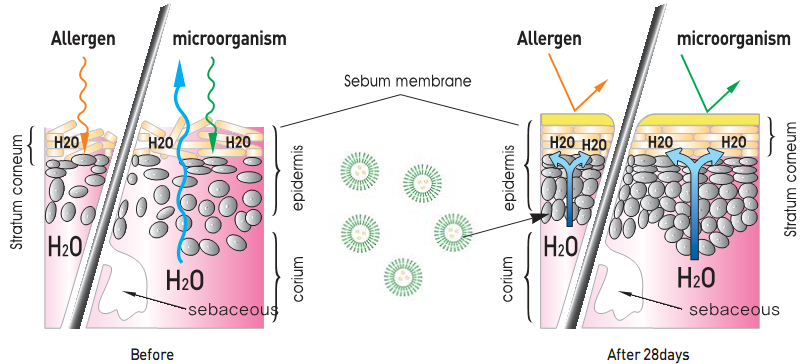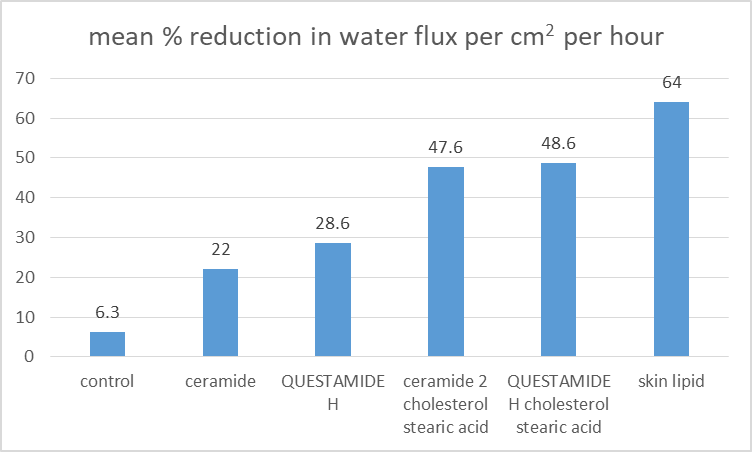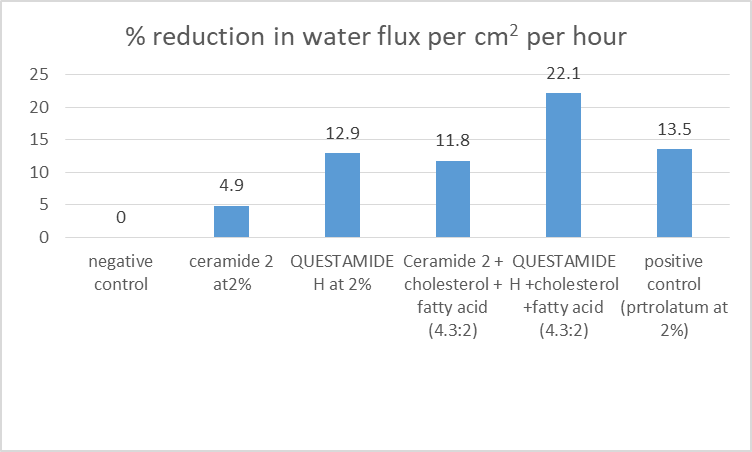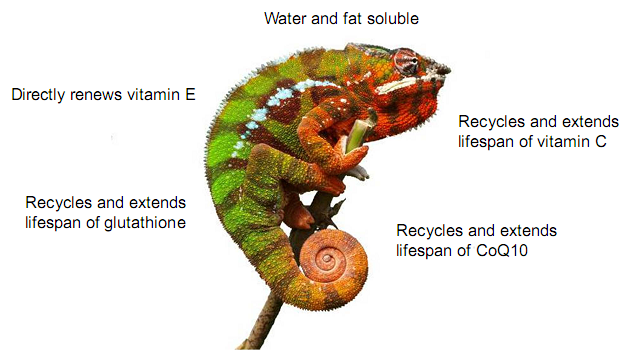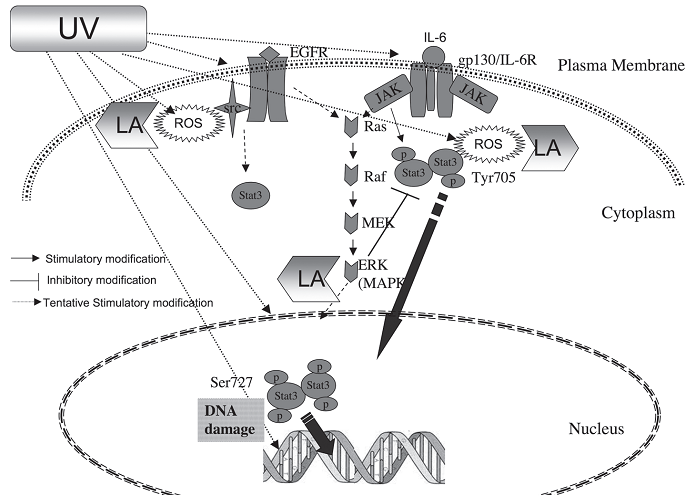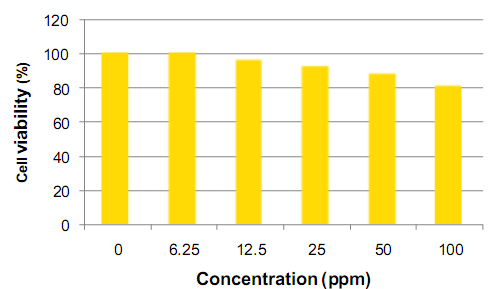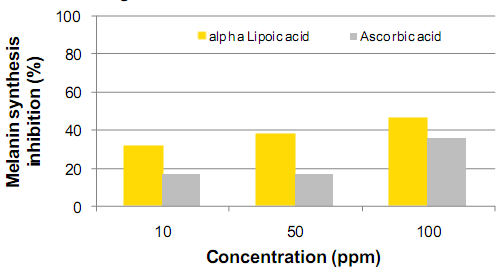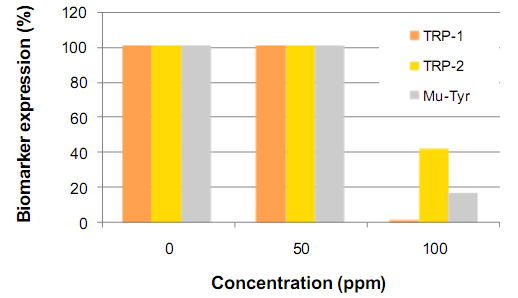Nanoactive Sulphur is a new type of sulphur nanoliposome preparation (NanoLiposomal Sulphur).
Product Name: Nano Liposomal Sulfur; Nanoactive Sulfur; BioaActive Sulfur; Soluble Sulfur CAS: 7704-34-9
Description :
Sulfur has long been an effective drug for the treatment of various skin diseases. It is a yellow non-metallic element widely distributed in the earth’s crust. The function of sulphur depends on its direct interaction with the skin. The smaller the particles are, the larger the effective area of interaction between sulfur and the skin is, and the greater the efficacy is. Nanobiosulfuris a sebum regulating agent that has triple effects on problem skin, namely antibacterial, anti-inflammatory and sebum regulating. Water-soluble and non-irritating to the skin, in cosmetics, it can regulate the secretion function of sebaceous glands, facilitate skin whitening. It is also effective in anti-bacteria, reducing the appearance of whelk, acne and dandruff. SulfurSarcoptic Mitecan kill bacteria and fungus, strip the skin of oil, soften the epidermis, dissolve the keratin Sulfurby forming pentathionic acidSecretionafter interactingHydrogen sulfidewith skin and tissue.
Lipoic acid nanoactive material with a particle size of less than 30 nm developed by Nano-transport system (NDS) has completely solved sulfur’s solubility problem, allowing it to be stably encapsulated in a nanocarrier, which can greatly increase its absorption efficiency and bioavailability.
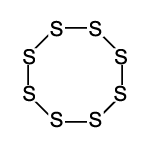
Lipoic acid’s structure
Sulphur is a yellow colored non-metal element, widely distributed throughout the planet. Different sulphur-based topical preparations have been developed through the years.
Sublimed sulphur is prepared by changing sulphur from solid to gas (sublimation). The resulting gas is subsequently condensed into fine yellow powder, which can be used in different ways. The physical properties of sublimed sulphur differ from those of precipitated sulphur. Sublimed sulphur, Washed sulphur, is made of large particles with mild therapeutic efficacy; it is yellow, nonsoluble in water or alcohol, slightly soluble in olive oil (10%) and tastes slightly acidic. Washed sulphur is sublimed sulphur, treated With diluted ammoniac first and boiling water afterwards. Precipitated sulphur, also called magistery of sulphur or milk of sulphur, is made of small particles with high therapeutic efficacy; it is whitish-yellow, non soluble in water, slightly soluble in alcohol, soluble in 1:100 olive oil and insipid.
Nanoactive sulphur consists of minute particles, smaller than those of precipitated sulphur (1 to 100 nm), which can be suspended in a colloidal solution. So far, this form is considered the most active one. Currently, the so-called biosulphur is most Frequent used, because of its better diffusion and higher activity on the skin.
TRADITIONAL USES
Sulphur has been used for medicinal purposes since the times of Hippocrates. Commercially, this product is important to produce sulphuric acid, abundantly used in the chemical industry and others.
COSMETIC PROPERTIES
Keratolytic properties
The action of sulphur depends on its direct interaction with the skin. The smallest particle sizes have the largest interaction area and therefore, they are most efficient. For many years, sulphur has been considered a specific remedy for seborrhea, used as octahedral sulphur solution in The therapeutic effects of sulphur on acne-prone skin or skin with excessive sebum secretion could result from its keratolytic action. The mechanism underlying such effect is not known; it probably depends on the interaction of sulphur with the cysteine Into keratinocytes

Cystine is a major constituent of the horny layer. This reaction promotes normal keratinization, due to the keratoplastic effect of sulphur, applied at low concentrations.Applied at high concentrations, the same reaction causes keratolytic effects, because sulphur hydrogen breaks keratin.It is possible That applications of high sulphur concentrations on the skin result in sulphur hydrogen enough enough to dissolve the horny layer
Therefore, nanoactive sulphur fluid is recommended to formulate cosmetic products with regulatory activity on sebum secretions.
Antifungal action
Sulphur antifungal action depends on the conversion of sulphur into pentathionic acid, a
Compound toxic to fungi. Sulphur hydrogen formation could also be involved in this action.
Applied on the skin, sulphur turns into pentathionic acid due to the action of skin bacteria and
Keratinolytic. of keratolytic action of sulphur could cause the fungi to detach from the horny layer
Therefore, nanoacive sulphur fluid is recommended to formulate cosmetic products with purifying and antiseptic action
COSMETIC APPLICATIONS
Features
- NanoActive Sulfur uses FDA GRAS grade materials for high safety
- NanoActive Sulfur has good heat, pH and shear stability and is easy to use.
- NanoActive Sulfur greatly improves the stability and bioavailability of ALA
- NanoActive Sulfur improves the stability and absorption of other actives in the product
- NanoActive Sulfur is 100% water soluble and 100% oil soluble (amphiphilic) for a wide range of applications
Product use:Add at room temperature,heat it to above 40°C to speed up its dissolution. Recommended dosage: 1-3%. Better effect with products containing lipoic acid.
Product storage: Keep below 25°C and away from light.
